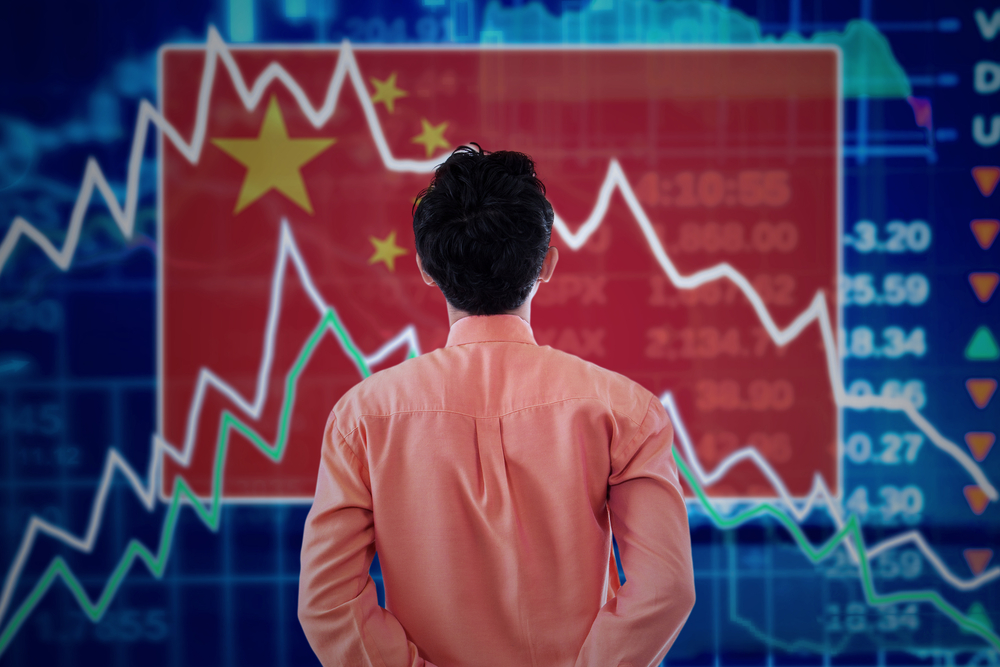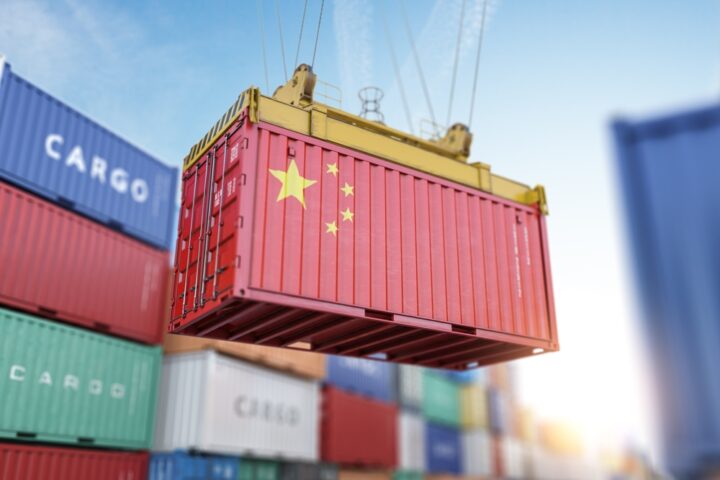In a significant move to tackle local government financing challenges and revitalize economic growth, China announced a substantial 10 trillion yuan ($1.4 trillion) debt relief package. This decision, disclosed on Friday, strategically bypasses direct economic stimulus, focusing instead on easing the financial pressures of local administrations and ensuring economic stability.
Expanding Debt Quotas for Local Governments
Key measures of the plan include increasing the special bond issuance limit by 6 trillion yuan ($836 billion) over the next three years. This adjustment raises the overall special bond quota to 35.52 trillion yuan and sets the total local government debt ceiling at 52.79 trillion yuan. As of the end of 2023, official data from China’s finance ministry reported that local government debt under regulated limits stood at 40.74 trillion yuan.
The new funds are designated to address existing debt tied to local government financing vehicles (LGFVs), often labeled as “hidden debt” due to their use as a workaround for official borrowing caps. Additionally, local governments have been granted permission to utilize 800 billion yuan annually for five years from pre-approved debt issuance, aimed at repaying LGFV-related liabilities such as loans and shadow credits.
Tackling Reckless Borrowing and Debt Reforms
Beijing has expressed a firm stance on irresponsible fiscal practices, with pledges to hold local officials accountable for reckless borrowing. The government has committed to accelerating LGFV reforms to manage debt more effectively and ensure sustainable financial practices.
This structured debt swap initiative aims to mitigate the severe financial strain that local governments have been facing. A collapse in property revenues—largely due to a significant real estate downturn since 2021—has slashed funds traditionally secured through residential land auctions, intensifying economic pressures.
Economic Impact and Interest Savings
Local administrations, burdened by high debt and declining revenue streams, have resorted to measures like cutting public sector salaries and deferring contractor payments. These strategies, while financially necessary, have restricted cash flow to the broader economy and heightened deflationary risks. The government estimates that the debt-swap measures will save local governments 600 billion yuan in interest over five years, easing fiscal pressure and potentially boosting economic activities.
According to finance ministry data, “hidden debt” reached 14.3 trillion yuan by the end of 2023. The goal is to reduce this figure to 2.3 trillion yuan by 2028, with 2 trillion yuan in shanty town renovation debts also scheduled for repayment by 2029. Contrastingly, the International Monetary Fund’s (IMF) estimates put LGFV debt at a much higher 60 trillion yuan at the end of 2023, equating to 47.6% of China’s GDP.
Limited Stimulus Approach and Future Measures
Despite easing financial channels, this debt program departs from China’s past strategies involving significant fiscal stimulus for urbanization and infrastructure projects. The legacy of such expansive spending has contributed to the current debt challenges. Nonetheless, Finance Minister Lan Foan assured that additional support is forthcoming.
Future measures could include strategies to reduce the backlog of unsold housing units, repurchase idle land from property developers, recapitalize major state-owned banks, and expand subsidies aimed at both manufacturing upgrades and consumer goods replacements. However, the specifics regarding these measures remain undefined.
Anticipating Upcoming Developments
Observers are closely monitoring upcoming political meetings for further insights. The Communist Party’s politburo is set to convene later this month, followed by the annual Central Economic Work Conference in December. These sessions are expected to clarify growth strategies and economic policies for the coming year.
China’s economic challenges are compounded by looming trade tensions, particularly as Donald Trump’s reentry into the U.S. presidency in January threatens to disrupt the industrial sector. Trump’s pledge to impose tariffs of over 60% on Chinese goods has already created uncertainty, prompting analysts to speculate that Beijing may be reserving fiscal resources to counter potential economic fallout.
China’s ambitious $1.4 trillion debt package marks a cautious yet determined approach to stabilizing its economy. While avoiding direct stimulus measures, this strategy aims to alleviate local governments’ debt burdens and set the stage for sustained economic growth. As the country braces for new challenges, including potential trade conflicts with the U.S., future policy responses and their effectiveness will be closely watched.







